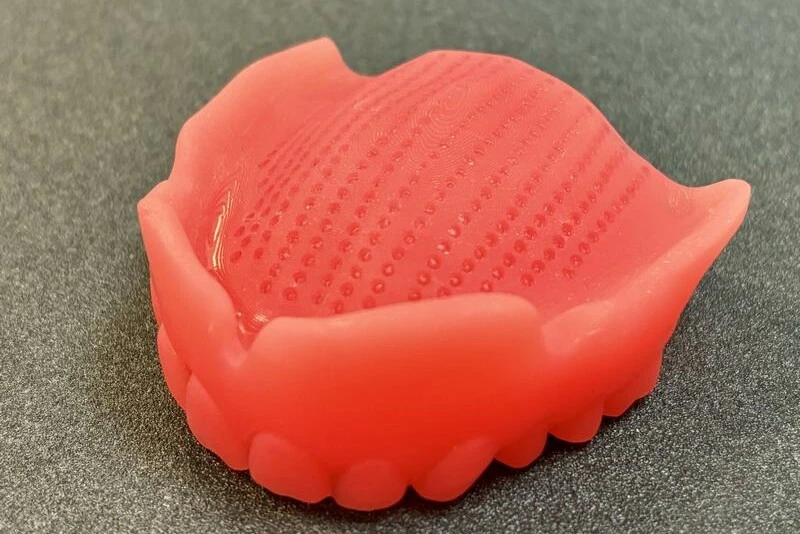Scientists have developed a groundbreaking solution to help dentures stick more effectively, drawing inspiration from an unlikely source: octopus tentacles.
Dentures slipping out of place is a surprisingly common issue, affecting 1 in 10 users. Many resort to adhesives or cements, which are often considered unhygienic, unpleasant, and disruptive to the taste of food. But researchers at King’s College London (KCL) may have discovered an innovative alternative by mimicking the suction cups found on octopus tentacles.
Octopus suction cups use a negative pressure vacuum to adhere firmly to surfaces, even underwater. Inspired by this natural mechanism, the KCL team designed tiny suction cups into 3D-printed dentures, enabling them to securely attach to the soft tissues in the mouth.
Initial tests show these new dentures have double the retention of standard models, providing a secure fit while remaining easy to remove when necessary.
“Having worked with denture wearers for several years, I wanted to improve their experience,” said Dr. Sherif Elsharkawy, lead author and researcher from the KCL Faculty of Dentistry, Oral, and Craniofacial Sciences. “Octopus suckers seemed like the perfect place to start.”
Dr. Elsharkawy got the idea from an everyday experience: “I first thought of replicating sticky surfaces in nature while biting into a peach. The furry skin stuck to the roof of my mouth, prompting me to explore similar mechanisms in nature.”
The result was a prototype that combines the adhesive strength of octopus suckers with cutting-edge manufacturing techniques. According to Dr. Eda Dzinovic, a dental materials researcher on the project, the innovation showcases the power of biomimicry—drawing engineering solutions from nature’s designs.
“It’s inspiring to see how insights from nature, paired with advanced manufacturing, can lead to innovations that improve functionality and patient satisfaction,” said Dr. Dzinovic. “Contributing to this project has been an incredible opportunity to push the boundaries of dental material science.”
This breakthrough highlights how biomimicry can address real-world challenges, offering a promising solution for millions of denture wearers worldwide.
